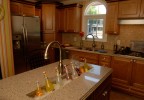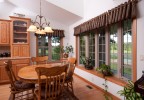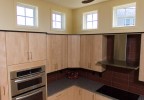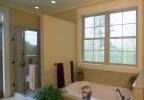Understanding Condensation in Your Home
What do houseplants, a boiling pot of pasta, and your shower all have in common? They all add moisture to your home’s interior. While some humidity in the home is good, excessive moisture can be uncomfortable.
 Simonton ProFinish windows capture views from this Georgia master bath.
Image Courtesy of Simonton Windows
Simonton ProFinish windows capture views from this Georgia master bath.
Image Courtesy of Simonton Windows
“We often get calls from homeowners who are concerned that their windows are ‘sweating’ or leaking either inside or outside the home because they see moisture on the glass,” says Gary Pember, vice president of marketing at Simonton Windows. “In reality, that’s simply not the case. While condensation may collect on the interior or exterior of energy-efficient windows, the units are really doing their job by helping serve as a barrier in the home.”
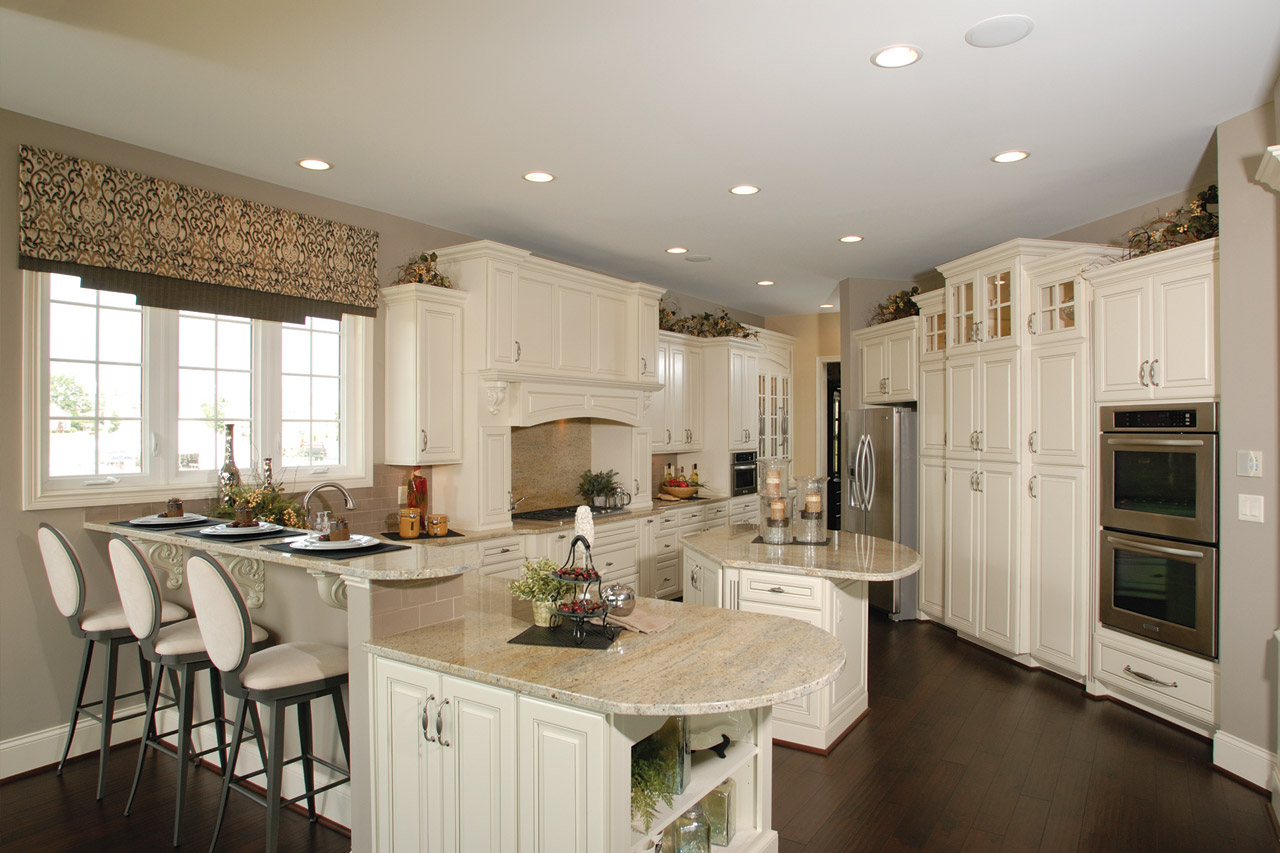
Pember points out that windows do not cause condensation – they simply prevent the moisture in the home from escaping to the outside. “If the inside glass surface on double- or triple-glazed windows shows excessive moisture, you can be reasonably sure that the moisture is also collecting on your walls and ceilings,” says Pember. “This means you should take steps to reduce the humidity level in your home by using exhaust fans and dehumidifiers.”
Where Does Condensation Come From?
You’d be surprised how much water vapor homeowners create themselves on a daily basis. A family of four can add a half-pint of water vapor every hour to the home just through normal breathing and perspiration. If you take a five-minute shower, you produce another half-pint of water vapor. Even the simple act of cooking dinner on a gas stove can produce two and a half pints of water vapor.
“Invisible water vapor is everywhere in the home,” says Pember. “The key is for homeowners to monitor the levels of moisture in their homes and then take steps to manage the humidity levels.”
What Can a Homeowner Do to Help Reduce Condensation?

Water vapor is part of our lives and our homes. To help control the amount of condensation in the home, experts at Simonton Windows recommend the following tips:
-
Use kitchen and bathroom exhaust fans.
-
If you have a humidifier, set it to the correct outside temperature.
-
If your home is overly humid or if you have a damp basement, use a dehumidifier.
-
Properly vent clothes dryers, gas appliances, and stoves.
-
Open a window in the bathroom.
-
Make sure your attic, basement, and crawl spaces are well ventilated and free from obstructions.
-
Store firewood outside. Freshly cut wood can consist of up to 45% water, which adds water vapor to the home. Even well seasoned firewood generally has a 20%–25% moisture content.
-
Open curtains and blinds to allow more air circulation around your windows.
Worrisome Windows
Homeowners with the most cause for concern are those with older, less efficient windows. “Windows are just like any other major part of the home,” says Pember. “They wear out over time and need to be replaced. If your windows have air leaks, don’t close properly, or are failing to act as a solid barrier to the environment, then it’s time to consider replacing them with energy-efficient windows.”
Pember also recommends knowing the difference between condensation on the glass and between the glass panes of the window. “If you are seeing moisture, fogging, or cloudiness between the panes of glass in your window, this is a strong indication that the seal of your window has failed and it’s time to replace your window,” says Pember. “In operable window units, a failed seal can often be corrected by simply replacing the sash. However, seal failure reduces energy efficiency, and the unit will not work as effectively to help you keep energy bills low and enjoy comfortable living in your home. While condensation on the interior or exterior of the glass is manageable, moisture between the glass needs the swift attention of homeowners.”
The experts at Simonton Windows offer free tips on how to know when it’s time to replace your windows, the energy efficiency of windows, and selection of windows for a new home. Click HERE to download “Understanding Condensation in Your Home."
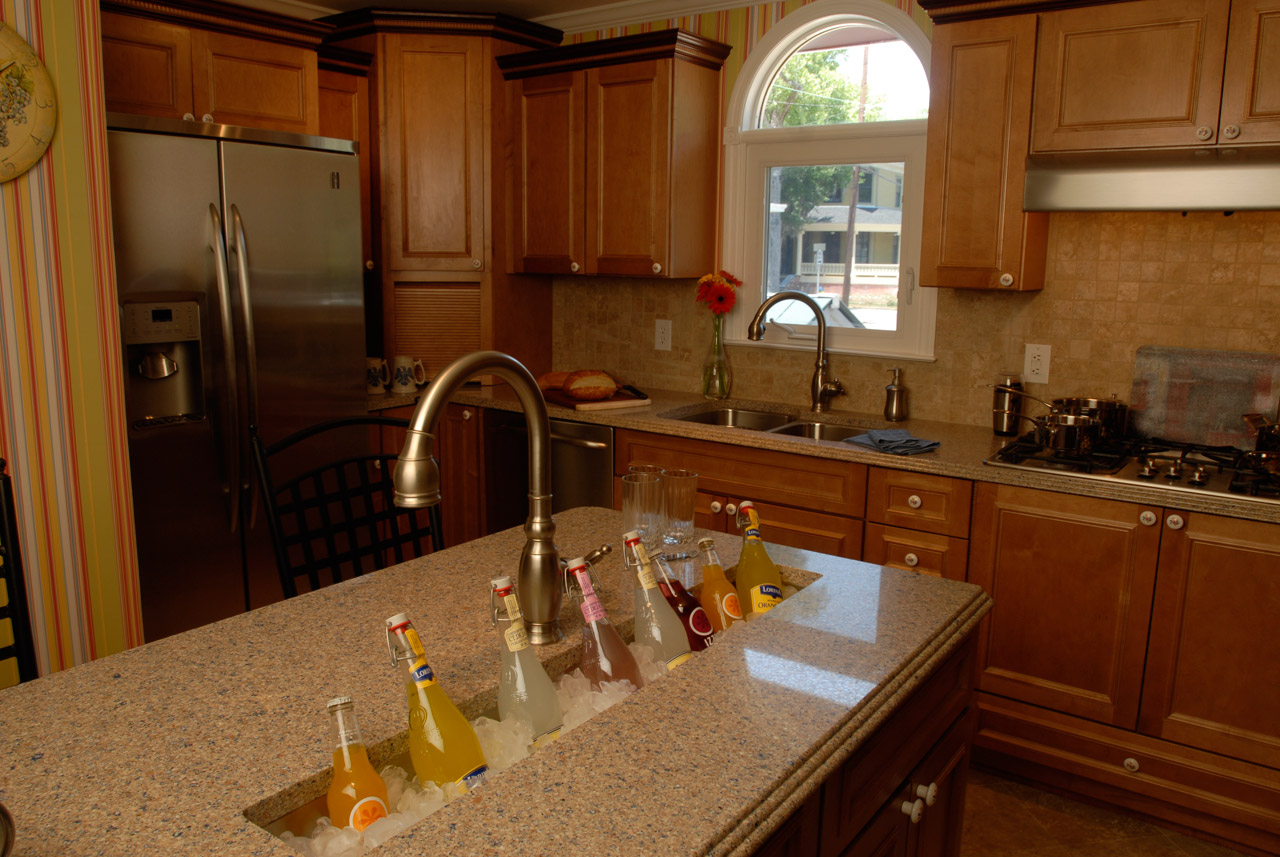

Simonton Windows
Simonton Windows produces ENERGY STAR® qualified replacement and new construction windows and doors, including a line of impact-resistant products. Simonton has been ranked “Highest in Customer Satisfaction with Windows and Doors, Three Years in a Row” by J.D. Power and Associates. Simonton was also ranked #1 in quality in the 2009, 2007, 2002 and 1998 Brand Use Studies sponsored by Builder magazine and has won three Best In Class Awards administered by LBM Journal Research Institute. Founded in 1946, Simonton’s hallmark has been to deliver the industry’s shortest, most dependable lead-times. Part of Fortune Brands Home & Security (NYSE: FBHS), Simonton delivers award-recognized products nationwide to key markets throughout the 48 continental United States. Simonton is a Founding Sponsor of The Weather Museum, a Lifetime Founding Sponsor of the Lead Safe America Foundation, and a supporter of Homes for Our Troops. For information, call (800) SIMONTON (1-800-746-6686) or visit www.simonton.com
Website: www.simonton.com/Latest from Simonton Windows
- Drees Homes Partners with Simonton Windows on Top-Quality Homes
- Colorful Simonton Windows Featured in “FRESH Color Schemes for Your Home Exterior” Online Guide
- Simonton Windows Donated to Home of Storm Victim
- Sunscreen for Your Home
- Simonton Windows Ranks “Highest in Customer Satisfaction with Windows and Doors” in J.D. Power Study Four Years in a Row

